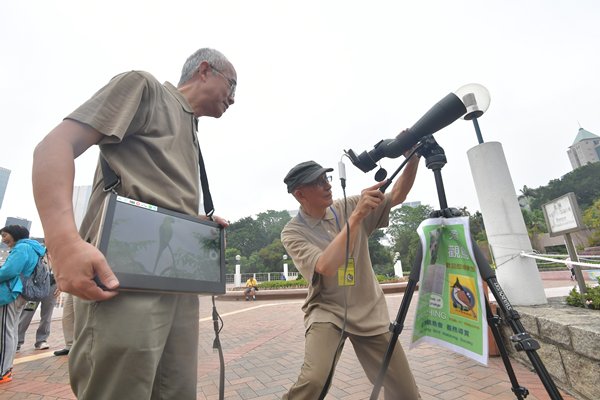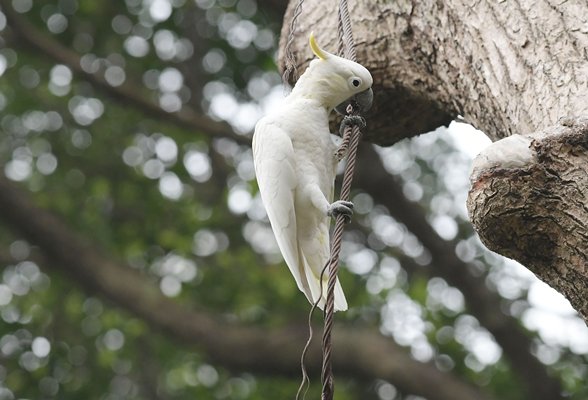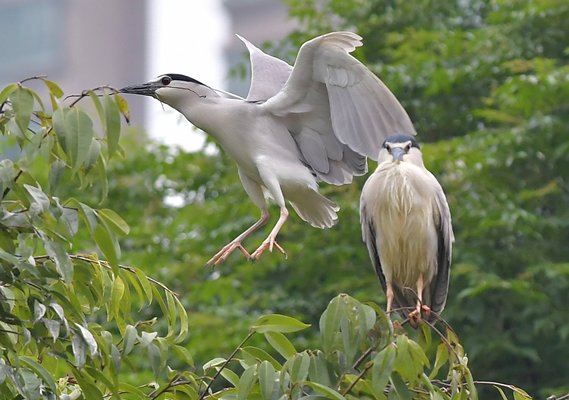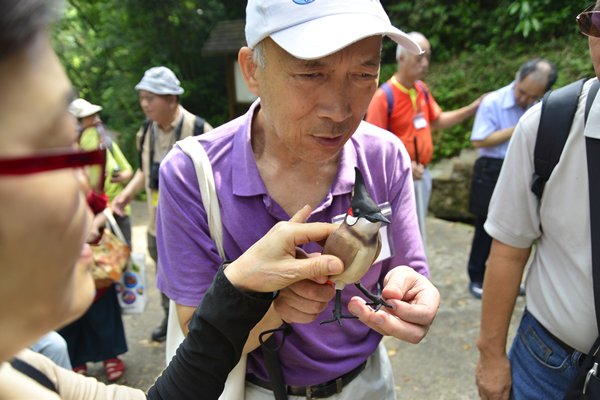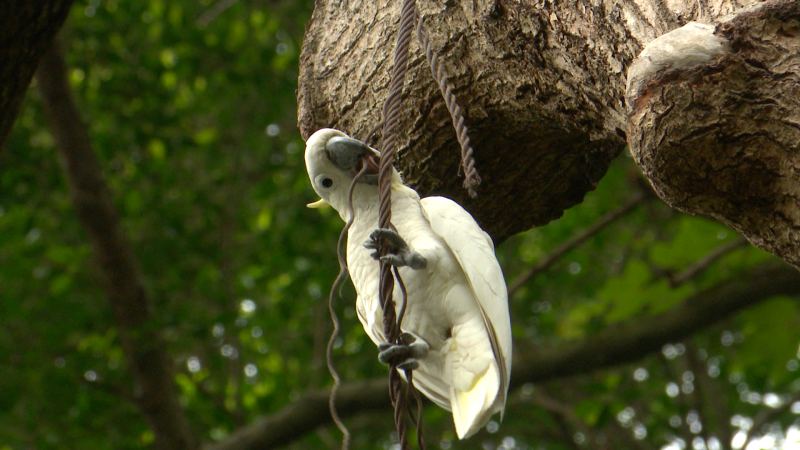Bird watching soars to new heights
Amid the hustle and bustle of city life, bird watching is a relaxing and enjoyable experience for all ages.
The Hong Kong Bird Watching Society is dedicated to raising conservation awareness for feathered species and promotes the joy of observing birds to local residents and tourists.
The society's elderly volunteer group, the Crested Bulbul Club, organises regular activities. Its members are using innovative ideas and specialised training to diversify bird watching guide services.
Bird barriers
Sixty-six-year-old retiree Leung Hau-kin joined the club six years ago. However, he noticed the telescope used for bird watching had limitations.
“As far as the kids are concerned or people in wheelchairs are concerned, because the height we set the telescope is pretty high, the kids will not be able to see it at their level.
“During bird watching we very often find a flock of birds and maybe a very special species, within a flock of many others. And I intentionally want to introduce to the tourists about this particular bird. The tourists may observe another bird in the telescope. So we do have a communication gap.”
To tackle such restraints, Mr Leung made use of his many years of experience in the electronics industry to develop a bird watching gadget.
It can attach a smartphone to a telescope so people can view the image in the telescope via the phone screen. Mr Leung can also display the image on a large screen.
"With the device, first of all, I will be able to eliminate the barrier of having only one person at one time looking into the telescope. So with the gear, I will be able to have many people at the same time watching the birds.
"The tourists can stick their cellular phones onto this piece of gear. They will be able to take a picture or take a short video into their cellular phones. I have been observing many of the tourists feel very happy about that. They share immediately on the Internet the picture or video with their friends as well as their relatives overseas. And they feel very excited about it."
Aviary origins
The Crested Bulbul Club is named after a common bird in Hong Kong, the red-whiskered bulbul.
The club now has more than 200 elderly volunteers who have all received training and passed exams. They organise regular bird watching activities and provide guide services.
People can join their walk-in activities every Wednesday and Friday morning in Hong Kong Park and Kowloon Park respectively. Entry is free.
The club's Chairperson Yau Hon-kwong said the origin of certain species settling in Hong Kong dates back to the city's time as a British colony.
"Hong Kong Park was originally a military barracks. There is a lovely bird species residing in the park called the yellow-crested cockatoo. It originates in Southeast Asia and is not a native species in Hong Kong.
"It is reported the British soldiers kept these birds as pets here. But during the Second World War they released the birds. Then the species settled down in this particular area of the city and bred.
"Kowloon Park was a barracks too. The British soldiers kept parrots as pets there also, such as the Alexandrine parakeet. When the soldiers released the birds, the species then settled down there."
Mr Yau said Hong Kong is a small place but has diversified habitats. He said more than 500 species of birds have been identified in the city.
"There is something special in Kowloon Park this year. Many black-crowned night heron are here in the Bird Lake. They nest and breed here. We counted them and there are more than 100. This was very rare in the past, so this year is very special."
Diversifying for the disabled
This year marks the 15th anniversary of the Crested Bulbul Club. The Hong Kong Bird Watching Society has obtained funding approval of more than $400,000 from the Environmental Campaign Committee to organise bird watching activities for the disabled.
This two-year plan will start in September and club members will serve as bird watching guides.
The society's General Manager Lo Wai-yan said they organised a successful bird watching tour to Tai Po Kau Nature Reserve for a group of visually impaired people last year.
"There is a beautiful forest. These people can listen to the beautiful and special sounds of forest birds there. And we brought with us some bird figures. Some figures are life-size, so these people can touch them while listening to the real sounds. They found it an interesting experience."
To equip the guides with skills catering to the disabled, Mr Lo said the society will invite professionals to provide training, such as audio description workshops for people with visual impairment.
He said the plan marks a new chapter for the club in diversifying its bird watching guide services, adding it will keep up the good work.
